Mastering Push-Ups: Form, Techniques, and Muscle Growth Strategies
Push-ups, which are frequently disregarded in the pursuit of more intricate and elaborate fitness programs, have a distinct and important role in the world of exercise. They are a foundational exercise, a deceptively easy yet extremely efficient approach to working various muscle groups and achieving a variety of fitness goals.
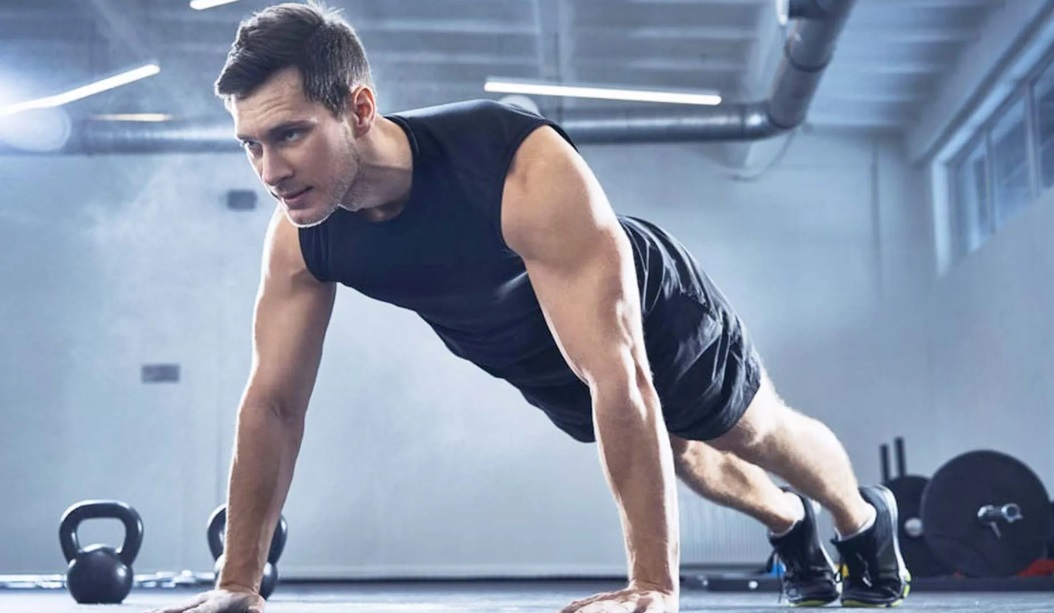
The Push-Up Competition
- Because of their simplicity and effectiveness, push-up challenges have grown in popularity in recent years. They require no equipment, can be done almost any place, and provide several benefits such as greater upper body strength, core stability, and general fitness.
- The range of exercises available is one of the main reasons why gym-based chest workouts are worth considering.
- A gym provides access to a variety of specialized equipment and workouts that can engage your chest muscles in a variety of ways.
- Adding chest workouts to your gym program also allows you to adapt your workouts to your individual goals.
- A well-structured gym regimen allows you to reach your goals of increasing muscle mass, increasing endurance, or improving definition.
Common Mistakes In Pushups
Push-ups are a game changer since they provide a varied training choice that can shape your chest, develop your triceps, and improve your core stability. Despite their seeming simplicity, many people make typical faults in their push-up form, impeding their progress and potentially putting them in danger of injury.
Elevated Elbows
- One of the most common mistakes people make during push-ups is lifting their elbows to a 90-degree angle.
- This error predominantly stimulates the anterior deltoids, or the muscles in front of your shoulders, while failing to adequately target the chest or triceps, which are the primary muscle groups supposed to be worked during a push-up.
- The fix for this error is pretty simple. First, make sure your hands are somewhat wider than shoulder-width apart. This hand position provides for more effective stimulation of the chest muscles.
- Next, drop your elbows to around 45 degrees or slightly less. This posture engages the chest and triceps, allowing you to get the most out of your push-ups.
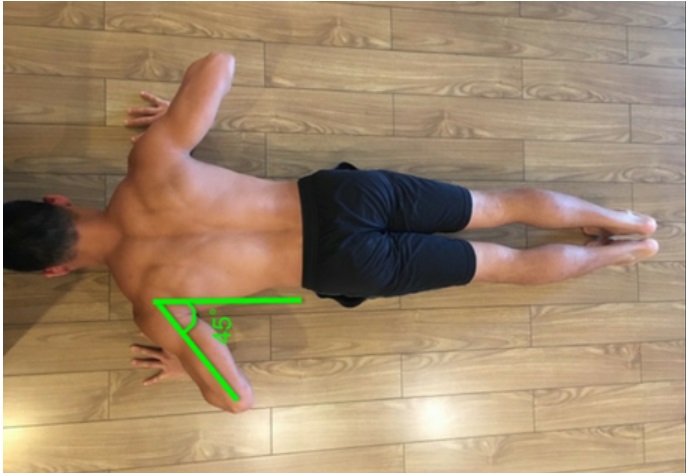
- Visualize your elbows moving backward rather than outward to the sides.
- This simple modification can assist you in maintaining perfect technique and maximizing the advantages of your push-up workout.
Overuse of the upper back and trapezius muscles
- The trapezius muscles, which run along the upper back and neck, should not be the major emphasis when performing push-ups.
- If these muscles are doing the majority of the work, it can cause neck and shoulder strain, which can cause discomfort or damage.
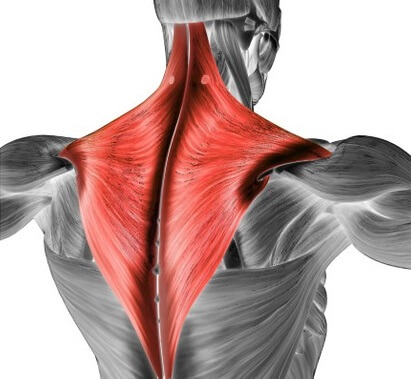
- Pay particular attention to your upper body position to remedy this error. Begin by elongating your neck and slightly nestling your chin into your chest. This action helps to keep your spine in a neutral position and reduces unneeded strain on your neck.
- Next, concentrate on pulling your shoulders back and down. Squeeze your shoulder blades together and push them downward.
- This modification ensures that your chest and triceps, rather not your upper back and traps, do the hard lifting during the push-up.
- Body placement is critical in keeping your traps from taking over. Keep your body solid by maintaining a straight line from your head to your heels and avoid any drooping or arching of your lower back.
The Science Of Muscle Growth Through Push-Ups
Before delving into the techniques and tactics for improving push-ups for muscle growth, it’s critical to grasp the science of muscle development during resistance training.
- Muscles expand when they are subjected to progressive overload, which includes applying greater stress or resistance than the muscle is used to.
- Push-ups are a type of resistance exercise that predominantly engages the pectoralis major, triceps, and shoulders (deltoids).
- Push-ups cause microtears in the muscles, which, when mended, lead to muscle growth and strength development. Several ways can be used to optimize this process.
Dumbbells and Elevation: Enhancing Muscular Engagement
- Including dumbbells in your push-up regimen can dramatically boost your muscle-building abilities. Dumbbells increase the exercise’s resistance and diversity.
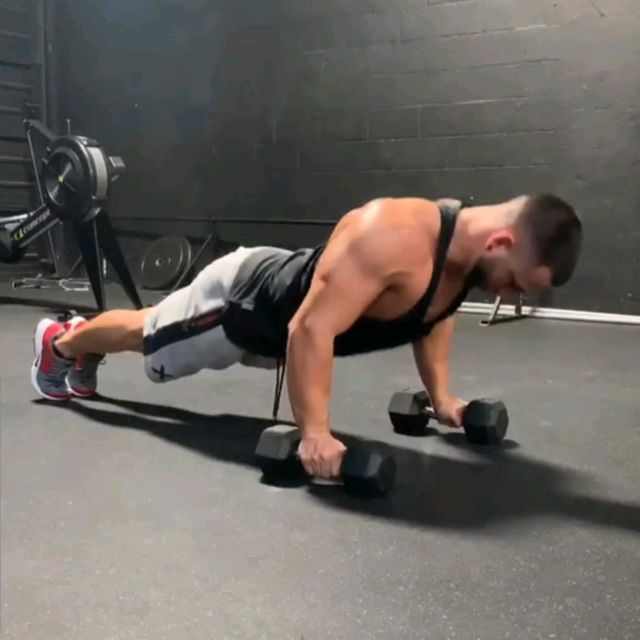
- They may be used in a variety of ways, including holding them in your hands while doing push-ups, laying them on your back, and even elevating your feet on them.
- Muscular engagement can also be increased by using a slight elevation, such as push-up bars or a step platform.
- Elevation offers a wider range of motion and a deeper stretch during the push-up’s downward phase.
- This improved range of motion can lead to improved muscle activation and development, particularly in the chest and triceps.
Experiment With Varied Hand Positions and Angles
Push-ups can be tailored to target certain muscle groups by adjusting hand placements and angles. Traditional push-ups with hands shoulder-width apart primarily train the chest and triceps. However, by adjusting the angle of your arms or expanding or narrowing your hand placement, you can transfer the emphasis to different muscle groups.
- Wide-grip push-ups: Spread your hands wider than shoulder-width apart to focus on your chest muscles. To emphasize the triceps, place your hands close together beneath your chest, producing a diamond pattern with your thumbs and index fingers.
- The inclination push-ups: Elevate your feet on an inclination to put greater strain on the upper chest. Experimenting with different modifications allows you to target certain muscle groups.
How to Perform Push-Ups Properly
Push-ups must be done correctly to maximize muscular activation and growth. Here are some critical strategies to remember:
- No Specific Number: The quantity of push-ups performed in a minute is less significant than the quality and physical involvement of each repeat. It is preferable to concentrate on doing fewer push-ups with perfect form and full muscle activation rather than rushing through a high number of reps with bad form.
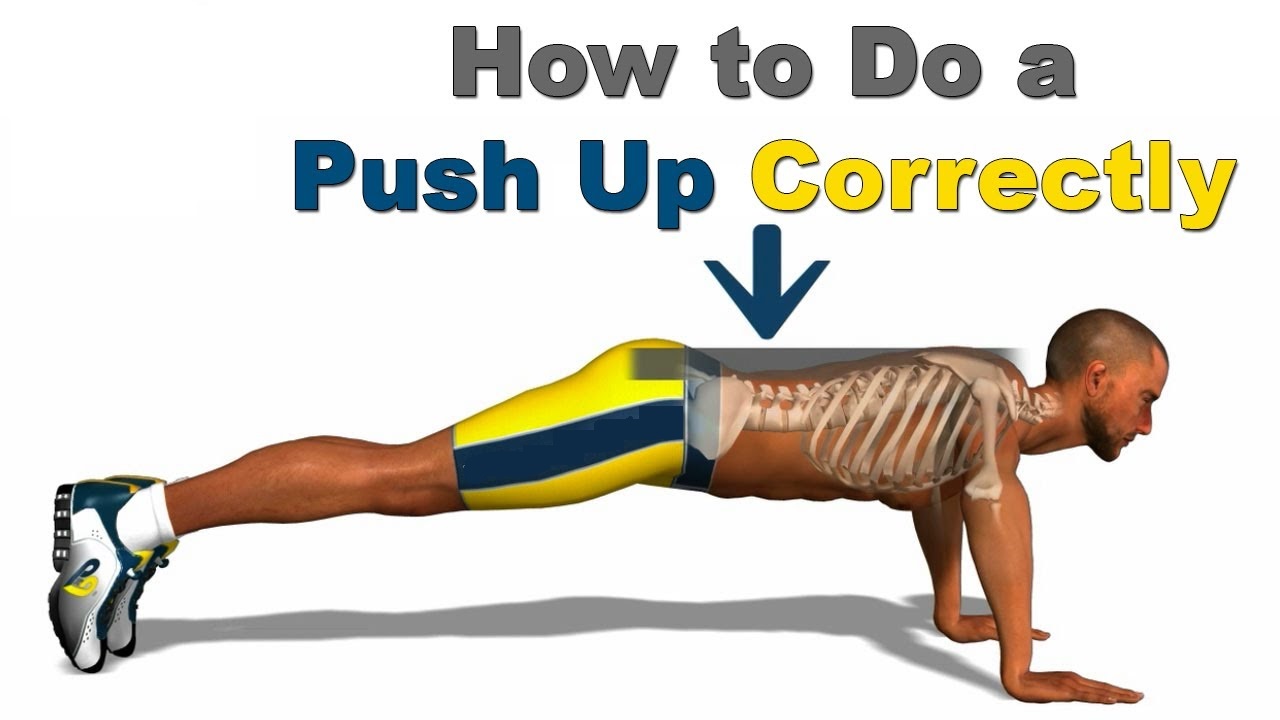
- Workout Routine: Push-ups can be used strategically throughout your fitness program. You can use them to pre-exhaust your muscles before progressing to larger compound exercises. When you perform, pre-exhaustion can help you target the chest and triceps more efficiently. Alternatively, at the end of your workout, employ push-ups to finish off the targeted muscles, increasing the burn and stimulating muscular growth.
- Slow and controlled: Slow down your push-up tempo to optimize muscle activation and microtear development. Slowly lower your body, giving a deep stretch in your chest and triceps, and then slowly push up. This controlled action places more strain on the muscles and causes more serious muscular injury, resulting in increased muscle growth.
A Mind-Muscle Connection for Improved Results
If you’ve been struggling to establish a connection with your chest or triceps, or failing to see significant results from this classic exercise – here’s a valuable tip. This can make a noticeable difference, whether you’re aiming to target your chest or triceps. This method takes inspiration from CrossFit but tones down the excessive flair for a more focused approach to your push-ups. By integrating this technique into your workout routine, you can bridge the gap between effort and results.
- Mastering the Mind-Muscle Connection: One common issue with push-ups is the failure to establish a profound mind-muscle connection, leading to lackluster results. To remedy this, adopt a modified push-up technique that emphasizes the mind-muscle connection, particularly in your triceps.
- Execution of Modified Push-Ups: Begin by assuming the standard push-up position. As you lower your body, focus on descending all the way down until you reach a point where there is minimal tension on your triceps and chest muscles. This bottom position should be deeper than a regular push-up, enabling you to momentarily release the muscular tension.
- Mindful Triceps Flex: Once you’ve reached this bottom position with reduced muscle tension, it’s time to switch your focus to your triceps. Begin to flex and contract your triceps as intensely as possible. Imagine squeezing these muscles forcefully. This renewed and deliberate contraction puts your triceps in the driver’s seat, ensuring they dominate the movement.

- Benefitting from the Modification: Execute a few sets of these modified push-ups, concentrating on the mind-muscle connection and the intense triceps flex at the bottom of each repetition. By doing so, you’ll essentially “awaken” your triceps and heighten their involvement in the push-up movement.
- Transition to Standard Push-Ups: After completing the modified push-up sets, return to the standard push-up form. You’ll likely notice an immediate improvement in your mind-muscle connection and overall engagement with the targeted muscle group, whether it’s your chest or triceps. This newfound connection and muscle dominance will translate into more effective and rewarding push-up sessions.
Incorporate this mind-muscle connection tip into your push-up routine, and you’ll be on your way to enhanced results and a better understanding of how to engage your muscles effectively.
Including Push-Ups in Your Exercise Routine
Push-ups must be included in an organized workout routine to be effective for muscle growth. Here are some of the main reasons why you should incorporate push-ups into your workouts:
- Push-ups are incredibly versatile and can be adapted to suit all fitness levels. Whether you’re a beginner or an advanced athlete, push-ups can be modified to provide a suitable level of challenge.
- You can start with incline push-ups or knee push-ups and progressively work your way up to more advanced variations as your strength improves.
- Push-ups activate your core muscles, which helps with overall core strength and stability. This is critical for maintaining appropriate posture and lowering the risk of back pain.
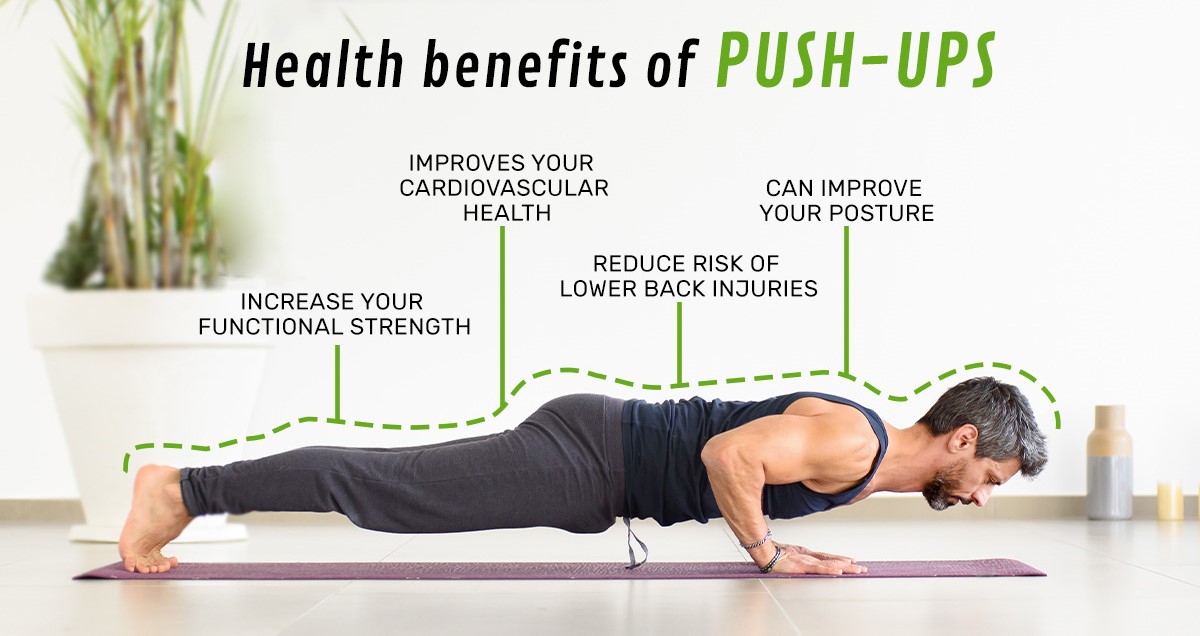
- Push-ups are excellent for building muscle endurance. By performing high-repetition sets, you can improve your cardiovascular fitness and stamina while developing muscular endurance, a valuable asset for various sports and physical activities.
- Push-ups allow for progressive overload, a fundamental principle of strength training.
- You can make the exercise more challenging as you become stronger by adding variations like diamond push-ups, one-arm push-ups, or plyometric push-ups.
- The mental benefits of push-ups are often underestimated. This exercise helps build mental resilience and discipline.
- Pushing through the physical discomfort of a challenging set can boost your mental toughness and self-confidence.
Conclusion
- While push-ups are an excellent workout, it is crucial to remember that they are only one component of a well-rounded fitness regimen.
- Incorporating a range of exercises and equipment in a gym setting can provide further benefits such as targeting different muscle areas and lowering the chance of overuse problems.
- It also facilitates good advancement tracking and generates a sense of incentive and togetherness.
- To maximize muscle growth through push-ups, it’s critical to grasp muscle development theory and use numerous tactics, such as dumbbells, elevation, and experimenting with hand placements and angles.
- You can achieve greater results and prevent frequent blunders by customizing your push-up practice and paying attention to subtleties like tempo and mind-muscle connection.









